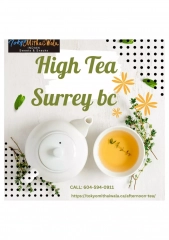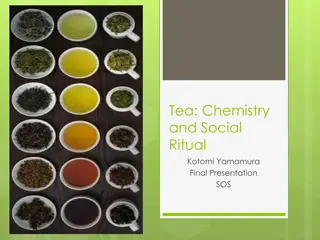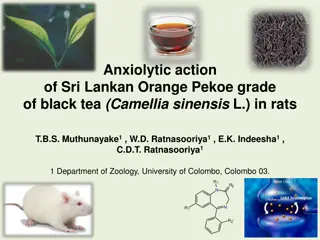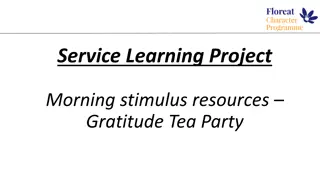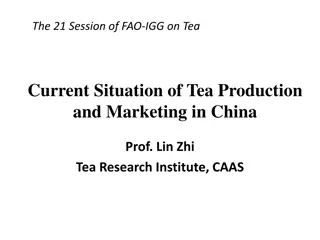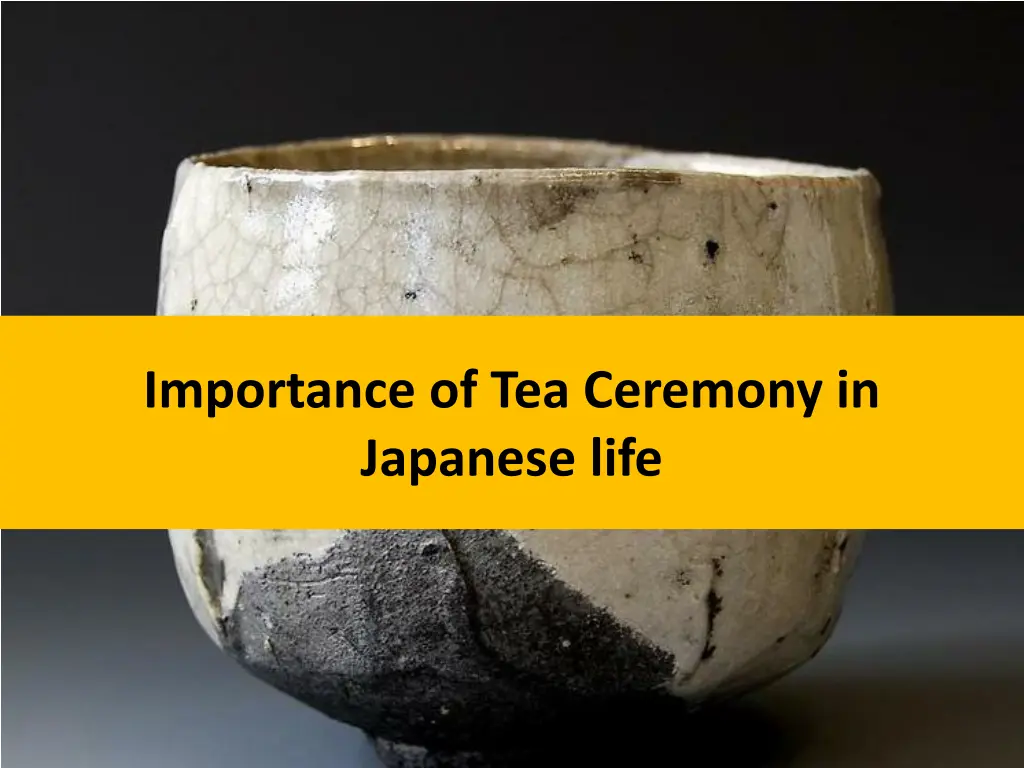
The Art of Japanese Tea Ceremony and Its Cultural Significance
Explore the rich history and cultural importance of the Japanese tea ceremony, embodying harmony, respect, and tranquility. Discover how this tradition instills moral values and appreciation for beauty in today's world.
Uploaded on | 1 Views
Download Presentation

Please find below an Image/Link to download the presentation.
The content on the website is provided AS IS for your information and personal use only. It may not be sold, licensed, or shared on other websites without obtaining consent from the author. If you encounter any issues during the download, it is possible that the publisher has removed the file from their server.
You are allowed to download the files provided on this website for personal or commercial use, subject to the condition that they are used lawfully. All files are the property of their respective owners.
The content on the website is provided AS IS for your information and personal use only. It may not be sold, licensed, or shared on other websites without obtaining consent from the author.
E N D
Presentation Transcript
Importance of Tea Ceremony in Japanese life
Drinking of green tea was known in China from the fourth century. Tea plants didn t grow in Japan until the first seeds were brought from China during the Tang dynasty (China 618-907), when relations and cultural exchanges between the two countries reached a peak. In the eighth century the first mention of a formal ceremony involving the drinking of tea is found. However, at this time it probably didn t look much like the tea ceremony we know these days. Also, during the eighth century a Chinese Buddhist priest wrote a book on the proper method of preparing tea. The book was called ChaChing and taught the correct temperature of hot water and the use of tea vessels. It is said that today s style of the tea ceremony evolved largely through the influence of this book. The father of the modern way of tea was Sen no Rikyu (1522-1591) who advocated an austere, rustic simplicity. Most of today's schools of tea ceremony, including Omotesenke and Urasenke, developed from his teachings.
Japanese Tea Ceremony represents harmony, respect, purity and tranquillity which we must embrace in order to achieve the main purpose of the tea ceremony. This event is unique as every process from the tea equipment preparation until the tea is drunk has a distinctive technique. Therefore the positive values are applied to the whole process of the ceremony without not only focusing on the tea as the end product which is essential to present a good value to perfect the ceremony in order to convey it to the guests. People value ceramic aesthetically but not the interpretation of it or the values they put in that made the artwork how it is. It is because the artist does not feel the importance of moral values to be the message of their artwork and mostly focuses on the artworks physical. The objective is to instil positive values in ceramic artwork and make it mean something.
The values do not have to be labelled specifically for example for nature extinction, political or religious but so long that there are good values to be conversed to people. This is for it not to become just a beautiful artwork but also as a reminder of how important moral values are in the world today as it is being taken for granted each day. This study is based on observation of the ceremony itself. A case study from real life of Japanese culture derived through the comparison with stated in any publication. The summary of this approaches indicate a concept of an art hidden behind these ceremonies. The outcome is an artwork that can be a reminder for us in this grasping world on how important it is to preserve moral values which is the core to live a harmonious live.
The Japanese tea ceremony gives a positive impact and teaches good features that need to be instilled in everyone such as manners, beauty, simplicity, respect, appreciation, discipline, humbleness and kindness. The Japanese tea ceremony is a part of Japanese culture that has been kept for a long time and it's proven that the discipline came from this culture. These literature study then be applied as philosophical method in proposing an artwork based on cultural elements.
Tea ceremony procedure : 1- Dress code : Avoid gaudy fashion and fragrance that distracts from the tea experience. Wear modest clothes, remove jewellery that may damage the tea equipment and avoid strong perfumes. 2- Garden : The traditional tea ceremony venue is surrounded by a garden, although many modern venues lack a garden. The garden is deliberately kept tranquil and simple to encourage a calm spirit. A stone lantern is placed close to a stone basin near the entrance where visitors wash their hands before entering the tearoom.
3- Tearoom: The ceremony is traditionally held in a tatami room. The entrance for guests is sometimes kept low so that entering guests have to bend over, symbolizing humility. Decorative elements in the tearoom, include an alcove (tokonoma) where a scroll or seasonal flowers are displayed.
4- Preparing the tea: The host typically prepares the tea in front of the guests. The main equipment includes the tea whisk (chasen), tea container for the powdered green tea (natsume), tea scoop (chashaku), tea bowl, sweets container or plate, and the kettle and brazier. Each piece of equipment was carefully selected according to circumstance and has its specific place.
5- Enjoying the tea and bowl: A Japanese sweet is served before tea and is supposed to be eaten before the tea is drunk. The tea bowl is placed onto the tatami mat in front of you, with its front facing you. Pick it up with your right hand and place it on your left palm. With your right hand, turn it clockwise by around 90 degrees so that its front is not facing you anymore. Drink the tea in a few sips and place it back onto the tatami. Bow and express gratitude after receiving and finishing your tea.
Suggestion: Go through this content carefully because this will give you an understanding and connection to the importance of the tea ceremony in Japanese life. References: Google & Dictionary of art terms Thanks Madan Singh (MNS)

